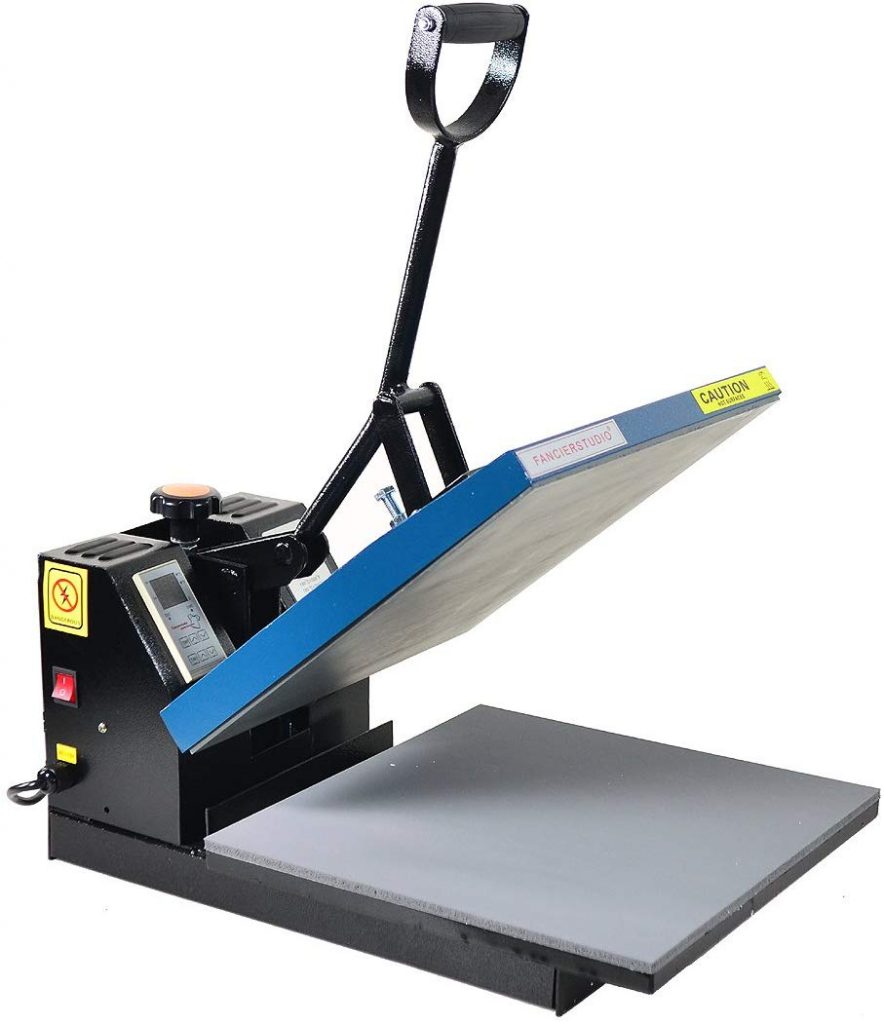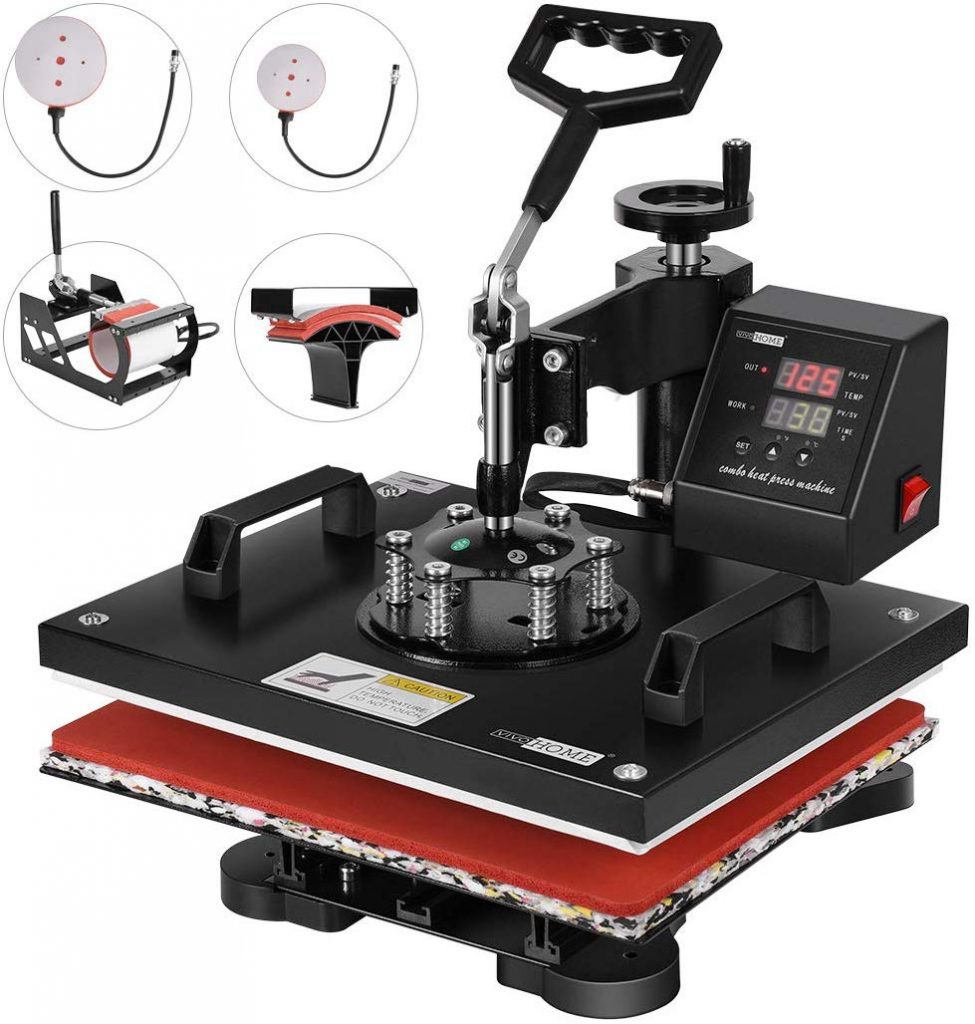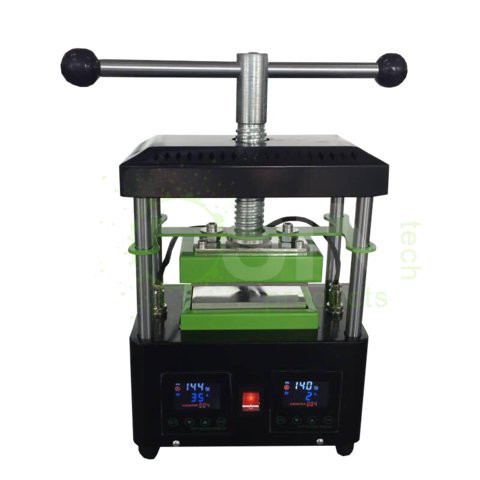Rosin is making waves, and more and more people are talking about this solventless concentrate. If you’re keen to find out more about rosin, or you’re eager to explore rosin pressing, this guide will tell you everything you need to know!
What is a rosin press?

Before we talk about rosin presses in detail, it’s beneficial to provide a quick overview of what rosin is and why it has become a subject of interest and intrigue.
Rosin is a form of solventless concentrate, which is derived by pressing the cannabis flower and using a combination of heat, time and pressure to extract a substance that is rich in terpenes and has a similar consistency to sap.
Rosin is sometimes referred to as ‘solventless shatter’, and its main draw is that the extraction process doesn’t require solvents.
A rosin press is a piece of equipment used to extract rosin. In days gone by, DIY approaches were commonplace, but as the demand for rosin and its reputation have grown, more sophisticated gadgets have become available.
You can now buy presses that are suited to just industrial production, for example.
The aim of a rosin press is to extract this sap-like substance (rosin) from your starting material with ease and speed. The end product is similar to other cannabis products like BHO (butane hash oil), but you don’t need a solvent, and this is why rosin has got people talking.
There are several different types of rosin press on the market, and the range of products is expanding all the time in line with demand for rosin. The basic requirement is to utilize heat, pressure and time, but there are variations in techniques and processes. Examples of types of rosin press include:
- DIY rosin press
- Manual press
- Pneumatic press
- Hydraulic press
- Electric press
- Hybrid press
What is a rosin press used for?
A rosin press is a device used to extract a solventless concentrate from cannabis flowers, kief or trim. The aim is to take the starting material, put it through the pressing process and emerge with a substance that is terpene-rich, potent and pure.
Using a rosin press enables you to extract a concentrate without the need for a solvent, and it also simplifies and speeds up the extraction process.
The benefits of using a rosin press:
Efficiency
Whether you’re pressing for personal use, or you’re looking into using a rosin press for a larger operation, rosin presses offer substantial efficiency gains.
Using a press streamlines the process of extracting the desired concentrate from the starting material, reducing time, energy and effort. The more sophisticated the press, the quicker it will produce the yield you’re searching for.
Safety
Rosin presses have come a long way since the days of DIY gadgets and borrowing hair straighteners. Using a specialist rosin press is a safer and more effective option. It’s also important to note the difference between solvent and solventless pressing.
As rosin pressing eliminates the need for a solvent, operators can take advantage of a much safer procedure. As the process is simple and safe, it’s also more accessible. More people are able to try rosin pressing than other forms of extraction, for example.
Versatility
A rosin press is a versatile investment, which affords the user the opportunity to create an array of different products. Most people think of rosin as a translucent, sap-like substance, but it can also become harder and more glass-like.
Variations in heat, pressure and time can affect the density and shape, as well as the flavor and color.
Cost
A rosin press represents excellent value for money when comparing solventless pressing to solvent presses. With solvent-based extraction, you have to invest in specialist equipment, which can cost a fortune compared to a rosin press.
How does a rosin press work?
A rosin press is essentially any kind of tool or gadget that uses a combination of time, pressure and heat to extract cannabinoids. In the vast majority of cases, a rosin press comprises two heated plates, which heat and apply pressure to the starting material.
To achieve the best results, it’s important to consider the impact of heat, time and pressure in terms of the quality of the end product and the yield. In this section, we’ll discuss how a rosin press works in more detail, examining optimum temperatures, time periods and pressure.
How To Use a Rosin Press (and the important bits you need to know)

There are several types of rosin press, and there are tips and tricks that influence the performance of each kind. The most significant difference between the presses is the amount of pressure that should be applied and the way pressure is generated.
Manual presses essentially squash the starting material using either a screw or a clamp system. Pneumatic and hydraulic presses use a liquid hydraulic or an air pump, while an electric press generates pressure via a motor.
Recommended Pressing Temperatures
When figuring out how to use a rosin press, it’s crucial to understand the influence of temperature and to gauge how much heat is required. There are differences between types of presses and different starting materials, however, this is a useful rule to go by:
- At a low temperature (150-220 °F), the yield is lower, but the terpene content is higher, the flavor is more intense and the end product is more stable and robust (some people compare it to honey or butter)
- At higher temperatures (220-250 °F), the yield is likely to be higher, but the terpene content will be lower, the flavor will be more subtle and the end substance will be lighter (the consistency is often compared to sap)
The ideal temperature will depend heavily on the type of starting material and the duration of pressing. As a general guide, this is a formula that works well:
- Flower- temperature 190-220°-15-60 seconds
- High-quality sift or bubble: temperature 150-190°- 30-90 seconds
- Low-quality sift or bubble: temperature 180-220°- 30-90 seconds
Pressing at a very high temperature or exposing the material to prolonged heat can impact the quality of rosin, so it’s best to avoid high heat. For more specifics on this topic you can also read the full guide to rosin pressing temperatures.
Pressure
High pressure enables you to press at lower temperatures and shorten pressing time, but it is worth noting that the benefits are minimal past a certain pressure point. Excessive pressure can cause plant material to contaminate the rosin, causing tiny specks of green to become visible in the extract.
There is no universal formula for optimum pressure, but it is usually helpful to consider the plate area and press pounds. For a 10-ton press that equals 20,000lbs, this would produce a reading of 1,333 PSI with a 3”x 5” plate (surface area 15 square inches).
The optimum pressure will depend on the type of starting material and the press you use. If you buy a rosin press, you might find that trying out different variables enables you to determine the best settings for each material you use.
Yield
The yield of a rosin press depends on the type of starting material. Cannabis flowers produce the best quality rosin, but unfortunately, the yields are smaller.
If you are using a rosin press for flowers, it’s beneficial to select small nugs, as this will enable you to maximize the surface area and facilitate better movement of the rosin to the collection point.
Higher yields can be produced by pressing trim, kief and hash, but the quality is likely to be lower.
Time
The length of time required for pressing should be considered in relation to the pressure and temperature and the type of press.
Sophisticated, large-scale presses work incredibly quickly, and duration tends to be shorter at high temperatures when the quality of the starting material is high. It’s important to avoid over-exposure to heat to preserve the quality.
The best way to use your rosin press

As you can see from the information provided above, there is no one-size-fits-all approach to rosin pressing.
The type of press and the material you start with will influence how you use your press and the settings you choose in terms of the pressure and heat. If you’re considering buying a rosin press, it’s wise to take instructions on board and to adjust the variables based on the plant material and the yield you’re looking to achieve.
It can take practice and experimentation to find the perfect formula for your needs and preferences. There is no right or wrong answer, but you might find that you’re more satisfied with the end product when using specific time, pressure and heat settings.
What to look for in a rosin press
A rosin press provides an efficient, effective, safe means of extracting rosin.
As more and more people have become aware of the benefits of rosin, the range of presses has expanded and diversified, with everything from simple, portable DIY presses to large-scale machines that are suitable for industrial use.
Because of this, many people are using more standard heat presses, which is totally fine to get a simpler extraction done.
Before you buy a rosin press, it’s beneficial to consider a number of factors, including:
- How you plan to use the press: is it for personal or commercial purposes?
- How frequently you plan to use the rosin press
- How much material you’re looking to press
- How much space you have available
- How much noise is tolerable (some presses generate a lot of noise, which might not suit those pressing at home, for example)
- How much you want to spend
Once you’ve answered these questions, you will be better-placed to narrow down the options and choose a rosin press that caters for your needs.
Solventless vs. solvent pressing
One of the most significant reasons rosin is so popular is that it is solventless. When you look into extraction from the cannabis plant, there are two main options: solvent pressing and solventless pressing. Rosin is a solventless technique. This means that you don’t need to use a solvent to extract the concentrate from the starting material.
The main differences between solvent and solventless pressing
Natural products
Many people who consume cannabis prefer a more natural and organic product, and for this reason, rosin has emerged as a popular alternative to solvent concentrates.
By eliminating the need for solvents during the extraction process, consumers have access to concentrates that are derived directly from the plant itself.
Solvent pressing removes harmful chemicals, but it produces a material that is altered.
Quality and flavor
Solventless extraction creates products that are both high-quality and flavorful. Using a rosin press, you can turn cannabis flowers into flavorsome, high-quality rosin, which is packed with terpenes.
With solventless extraction, there is a risk of products being less impressive in terms of quality and flavor.
Safety
Solvent extraction can be a dangerous process, which carries a risk of injury and even explosions.
To undertake solvent pressing safely, you have to invest in specialist machinery that is capable of dealing with volatile chemicals.
Solventless pressing is a much cleaner and safer procedure, which carries minimal risks.
Accessibility
Many people became aware of rosin pressing as a result of seeing clips online or hearing about people pressing materials using hair straighteners.
While specially-designed rosin presses are more sophisticated, rosin pressing is much more accessible than solvent pressing.
To undertake solvent pressing, you have to comply with strict health and safety regulations and you’ll need specialist equipment.
Is rosin the same as CBD?
Most people who have an interest in cannabis and those who have stumbled across stories about marijuana in the news will be familiar with CBD. CBD, also known as cannabidiol, is the most high-profile cannabis plant derivative.
This is largely due to the health benefits it offers. If you’re new to rosin, or you’ve never heard of it before, you might be wondering if CBD and rosin are the same thing.
Rosin is a cannabis extract, which is produced using solventless extraction. CBD can be extracted from the hemp plant in a number of ways, including solvent extraction and CO2 extraction.
Using a solvent is a potentially hazardous process, which requires specialist machinery.
Once CBD has been extracted, it can be modified to create different products. One of the key processes for many people is removing THC, the compound that gives you the euphoric high associated with consuming cannabis.
Rosin and CBD are not the same, and rosin actually contains CBD. Rosin is a CBD concentrate, which enables people to consume CBD without any worries about the extraction process.
Many people have a desire to ingest natural products, and as rosin is solventless, it is an appealing option. Rosin is also known for its potency. This concentrate can have high CBD and THC content, which means that smaller quantities are required to achieve the same effects.
Another advantage of rosin is the preservation of terpenes. Terpenes are organic, aromatic compounds that impact the flavor, odour and effects of the plant material.
Some terpenes are known to promote serenity and calm, while others encourage alertness, for example.
Rosin pressing is becoming increasingly popular. If you’re new to rosin pressing, hopefully, you’ll find this guide useful!
For further help with specific presses, we’ve also put together a guide on the best rosin presses on the market.




